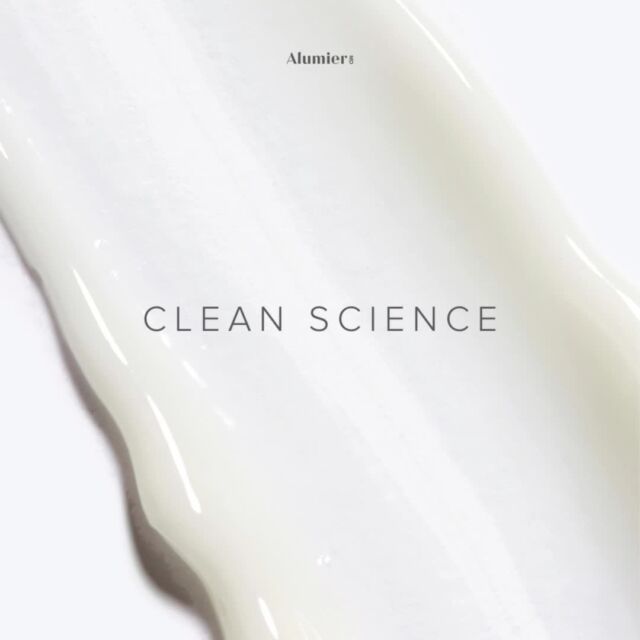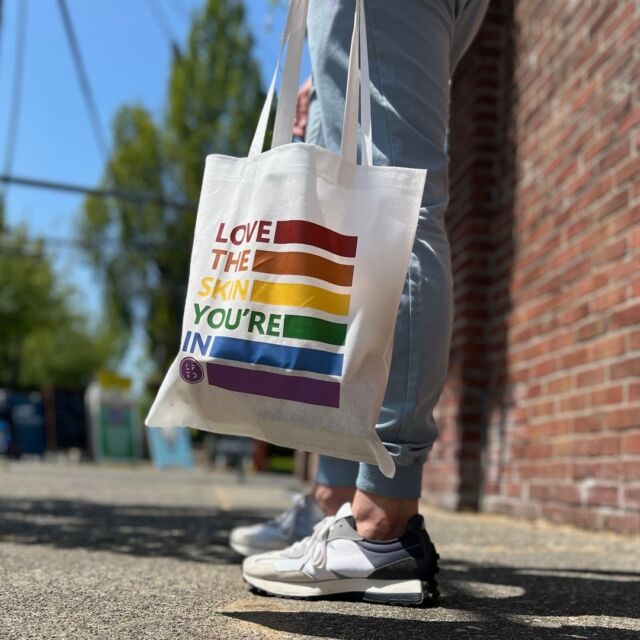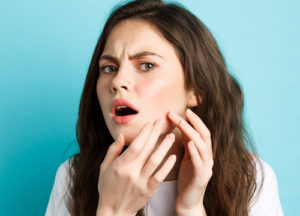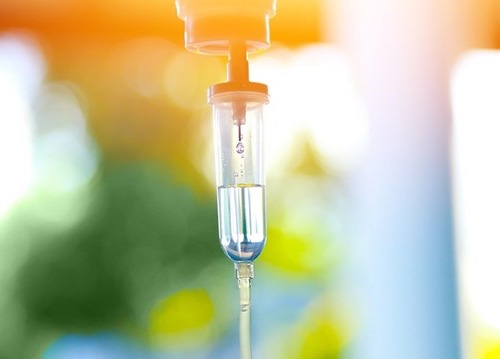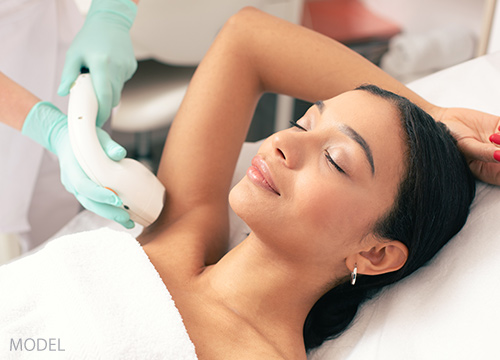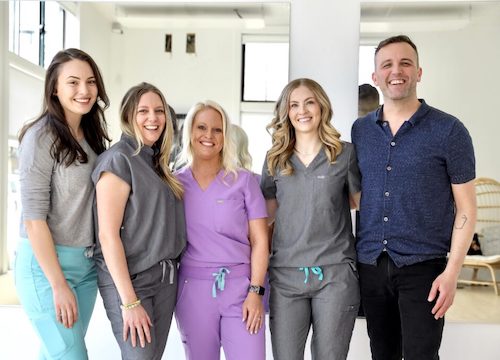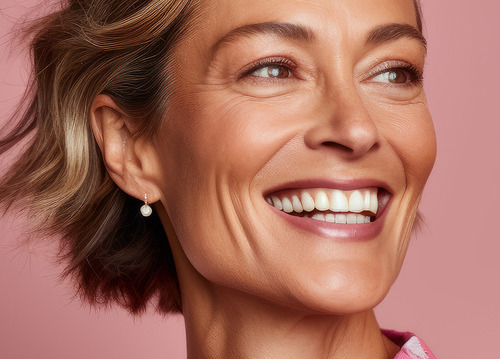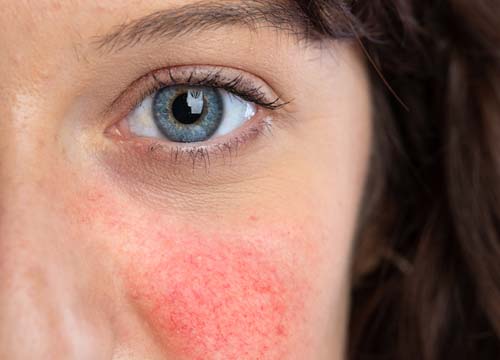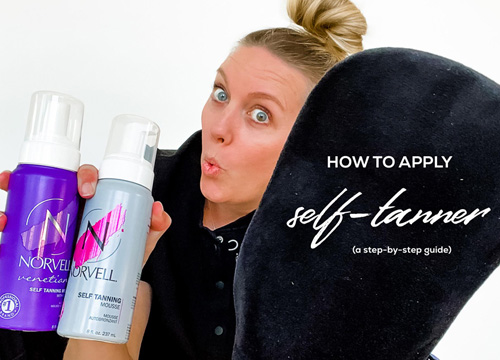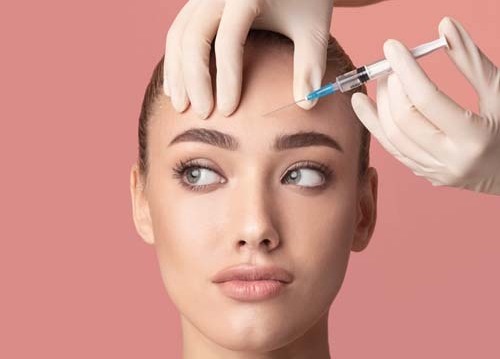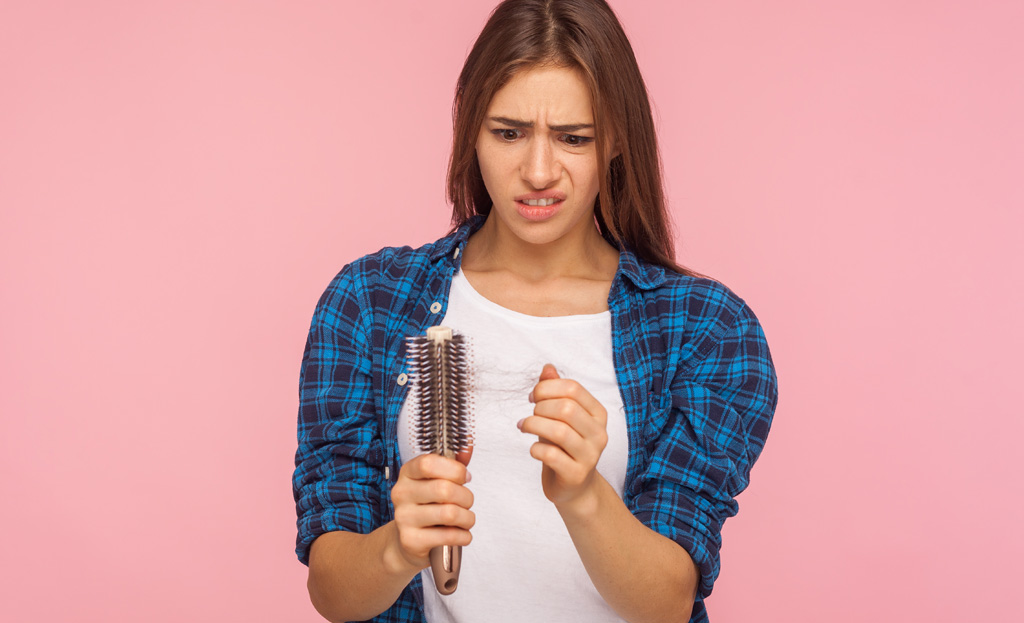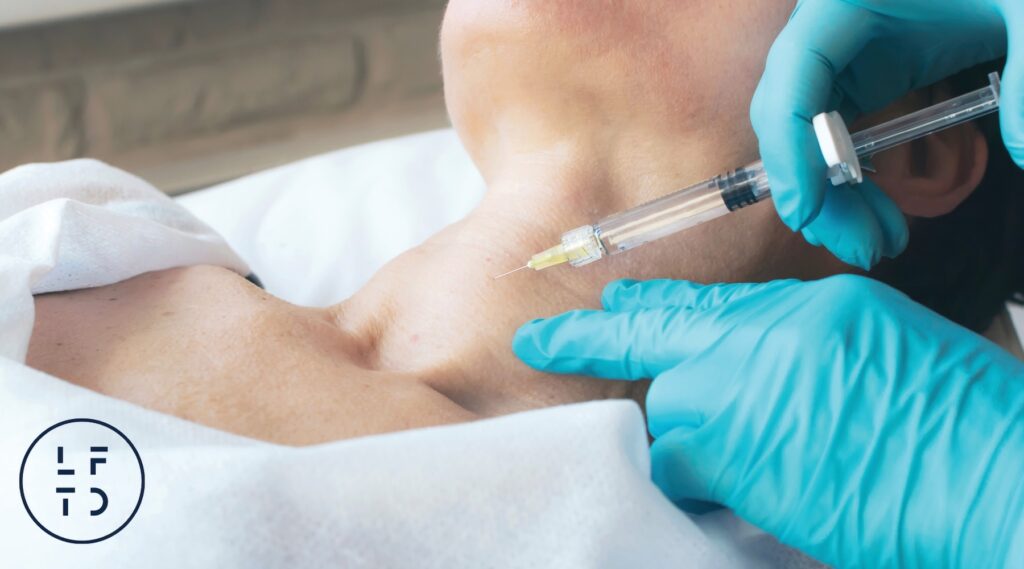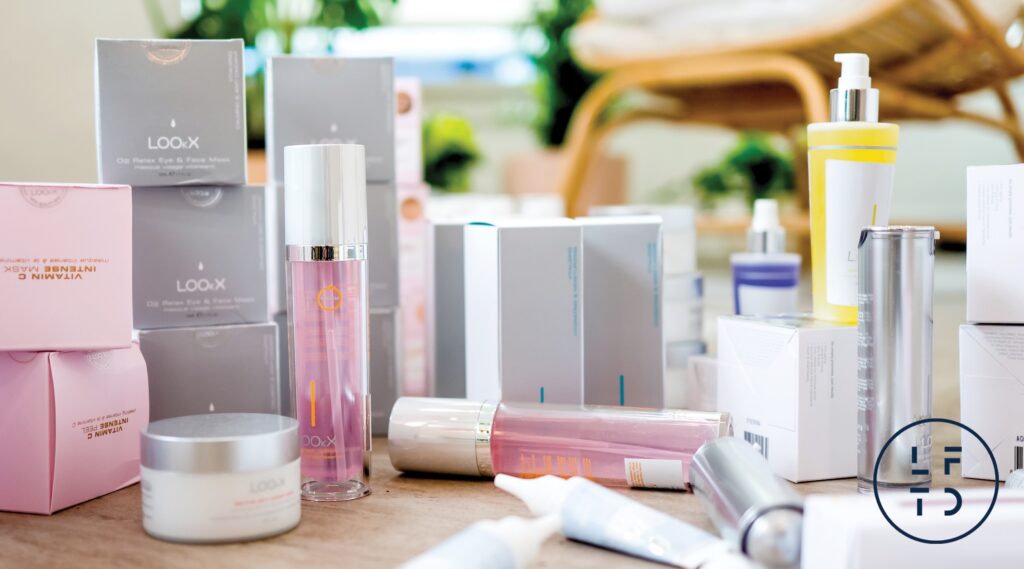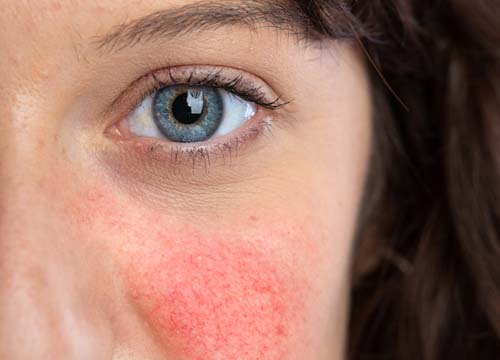
Rosacea, pronounced “roh-ZAY-sha”, is a chronic but treatable condition appearing on the face as flushing, redness, bumps, and pimples. Triggers of rosacea (ultraviolet light, heat, spicy foods, alcohol, stress, microbes) are believed to induce a cascading immune response that then spirals out of control. This immune response creates inflammation which in turn leaves the skin flushed, red, and bumpy.
Quite frequently, this condition goes undiagnosed because it can be mistaken for acne or present on a person of color where the inflammation symptoms of flushing and redness are less visible.
What Causes Rosacea?
The root cause of rosacea is unknown, but the resulting redness, thickening of the skin, flushing, bumps, and pimples can all be attributed to inflammation. Getting to the source of what is causing the inflammation can be difficult, but it is the key to treating rosacea.
Current research is looking into both Demodex Folliculorum and systemic inflammation caused by diseases. For example, systemic diseases such as cardiovascular disease, gastrointestinal disease, neurological and autoimmune diseases, and certain cancers can cause an inflammatory response.
Demodex Folliculorum is a mite that lives on our skin – don’t panic, this is normal. For people with rosacea, they are finding excessive colonization of the Demodex mites on the skin. The science as to why is unsure but “most authors still consider that proliferation of the Demodex mite in patients with rosacea is a secondary event, an epiphenomenon or an aggravating factor in which the initial inflammation promotes the proliferation of Demodex, which then exacerbates the disease” writes Fabienne M. N. Forton.
The National Rosacea Society is currently funding research on the immune system (cathelicidins and mast cells), neurovascular system, as well as how sunlight impacts the vascular endothelial growth factor.
Types of Rosacea
The most common type of rosacea, erythematotelangiectatic rosacea (ETR) causes redness in the face, visible blood vessels, and flushing. Some signs include swelling, sensitivity, burning, dry, and/or scaly skin.
Papulopustular (or acne) rosacea is the most common type that is connected to acne-like breakouts. Other signs include red skin with acne-like breakouts, oily skin, raised patches, sensitivity, and broken and visible blood vessels.
Rhinophyma is a rare form of rosacea that connects to a thickening of the skin on the nose. It is often accompanied by another subtype of rosacea and generally affects men. Signs include bumpy skin texture, thick skin on the nose, thick skin on the cheeks, ears, forehead, and chin, large pores and visibly broken blood vessels.
Ocular rosacea connects to symptoms around the eye area. Signs include bloodshot and watery eyes, gritty feeling in eyes, stinging sensation, sensitivity to light, styes, crust or scaling that may accumulate around the eyelids or lashes, and broken blood vessels on the eyelids.
Treating Rosacea
Rosacea treatments depend on each client. There is a range of oral and topical medications, skincare, and non-invasive aesthetic procedures to treat the various associated signs and symptoms. This is in addition to lifestyle, eating/drinking, and environmental triggers you can watch for are the best way to manage rosacea.
The best place to begin rosacea treatment is seeing a skincare professional who understands the science of skin and can create the optimum skincare regimen with medical-grade skincare products with proven results.
Aesthetic Treatments:
- IPL (Intense Pulsed Light) Photofacials remove the visible blood vessels on the face and reduce redness.
- 1540 Fractional Laser helps reduce scarring from acne associated with rosacea and repair skin texture.
- HydraFacials for monthly skin health with boosts to help repair your skin barrier and fight underlying inflammation.
- O-Cosmedics Enzyme Peels and Masks – enzymes peels can provide gentle exfoliation to reduce irritation and the soothing alginate masks can improve underlying inflammation.
- DMK Enzyme Therapy is designed to correct our skin at a cellular level. These treatments soothe skin, and reduce underlying inflammation while giving your skin a healthy glow.
- Botox/Xeomin Microneedling – micro-dosing with intradermal injections of Botulinum Toxin can help improve skin health
- Celluma LED Light Therapy – Celluma helps compromised cells regenerate, increases collagen and elastin production to improve skin health and appearance and increase blood circulation, and decreases inflammation. This treatment delivers blue, red, and near-infrared light energy simultaneously to treat the symptoms of rosacea.
Skincare:
A gentle skincare routine will help control rosacea. For example, simply using a non-abrasive, gentle cleanser, then rinsing the face with lukewarm water (cold or hot water is not advised when you have rosacea), and gently patting your face dry with a gentle cotton towel can reduce your rosacea symptoms.
When you pair this with the correct medical-grade toners, serums, and moisturizers for overall skin health and repair you may see a significant reduction in symptoms. It is also critical to use a daily physical SPF. Most importantly, avoid chemical sunscreen as the chemical reaction to break down the UV rays heats your skin which can trigger flare-ups.
Cosmetics:
Selecting cosmetics with color correction and ingredients that are safe for sensitive skin is another great option. Therefore, you should look for green-tinted foundations to counter the redness. Select a more yellow powder, avoiding those with pink or orange hues.
Lifestyle:
Rosacea sufferers can improve their chances of maintaining remission by identifying and avoiding lifestyle and environmental factors that exacerbate their symptoms. For example, flushing-related activities, such as saunas, hot tubs, hot yoga, and steamy showers may all trigger flare-ups. Understanding what triggers your individual rosacea is important, so we recommend keeping a diary of food, events, skincare, weather, and activities when a flare-up occurs.
Prescription Medication:
Oral or topical medications such as ivermectin, metronidazole, brimonidine tartrate, and oxymetazoline might be prescribed to bring the condition under control.
| Symptom: | Try This: |
| Persistent Redness | IPL (green and yellow light), medical-grade skincare, HydraFacial, DMK Enzyme Therapy, O-Cosmedics Facials, brimonidine tartrate, and oxymetazoline, red light therapy, Botulinum Toxin |
| Skin Thickening | Retinoids, medical-grade skincare, 1540, RF Microneedling, oral isotretinoin, DMK Enzyme Therapy, O-Cosmedics Facials, red light therapy, Botulinum Toxin |
| Bumps and Pimples | Medical-grade skincare, DMK Enzyme Therapy, O-Cosmedics facials, ivermectin, azelaic acid, metronidazole, retinoids, red and blue light therapy, Botulinum Toxin |
| Visible Blood vessels | IPL (green and yellow light), retinoids, medical-grade skincare, DMK Enzyme Therapy, O-Cosmedics Facials, red light therapy, Botulinum Toxin |
| Flushing | IPL (green and yellow light), medical-grade skincare, HydraFacial, DMK Enzyme Therapy, O-Cosmedics Facials, beta-blockers, brimonidine and oxymetazoline, red light therapy, Botulinum Toxin |
| Eye Symptoms | IPL (green and yellow light), artificial tears, and immunosuppressive therapies cyclosporin and tacrolimus. |
How Can Lifted Beauty & Wellness Help?
At Lifted, we believe in treating skin concerns from the inside out. While we work with you to relieve your external symptoms by using skincare, facials, and energy-based combination therapies, we also focus on the internal triggers causing systemic inflammation. We partner with Dr. Fox, of Constellation Naturopathic, to work with our clients to better understand the underlying cause of the rosacea symptoms.
“As a licensed Naturopathic Doctor, assessing gastrointestinal function is a key aspect with skin conditions such as rosacea. Hidden/smoldering GI infections and/or dysbiosis can and do cause skin symptoms, so in order to treat the root cause, I highly recommend assessing GI function while utilizing the tools at Lifted like aesthetic and energy-based therapies.” – Patrick Fox, ND.
If you are suffering from rosacea or the symptoms of rosacea our team is here to help. Book a skincare consultation today.
If you are newly diagnosed with rosacea visit The National Rosacea Society to learn more about your condition.
Resources:
Wollina U. Is rosacea a systemic disease? Clin Dermatol. 2019;37(6):629–635.
Dermatol Ther (Heidelb). 2021 Feb; 11(1): 13–24. Rosacea Treatment: Review and Update. Published online 2020 Nov 10. doi: 10.1007/s13555-020-00461-0 PMCID: PMC7858727 PMID: 33170491
Fabienne M. N. Forton. Dermatol Ther (Heidelb). 2020 Dec; 10(6): 1229–1253. The Pathogenic Role of Demodex Mites in Rosacea: A Potential Therapeutic Target Already in Erythematotelangiectatic Rosacea? Published online 2020 Oct 23. doi: 10.1007/s13555-020-00458-9. PMCID: PMC7649190. PMID: 33095403
Stein L, Kircik L, Fowler J, et al. Efficacy and safety of ivermectin 1% cream in treatment of papulopustular rosacea: results of two randomized, double-blind, vehicle-controlled pivotal studies. J Drugs Dermatol. 2014;13(3):316-23.
Kim MJ, Kim JH, Cheon HI, Hur MS, Han SH, Lee YW, Choe YB, Ahn KJ. Assessment of Skin Physiology Change and Safety After Intradermal Injections With Botulinum Toxin: A Randomized, Double-Blind, Placebo-Controlled, Split-Face Pilot Study in Rosacea Patients With Facial Erythema. Dermatol Surg. 2019 Sep;45(9):1155-1162. doi: 10.1097/DSS.0000000000001819. PMID: 30730346.



